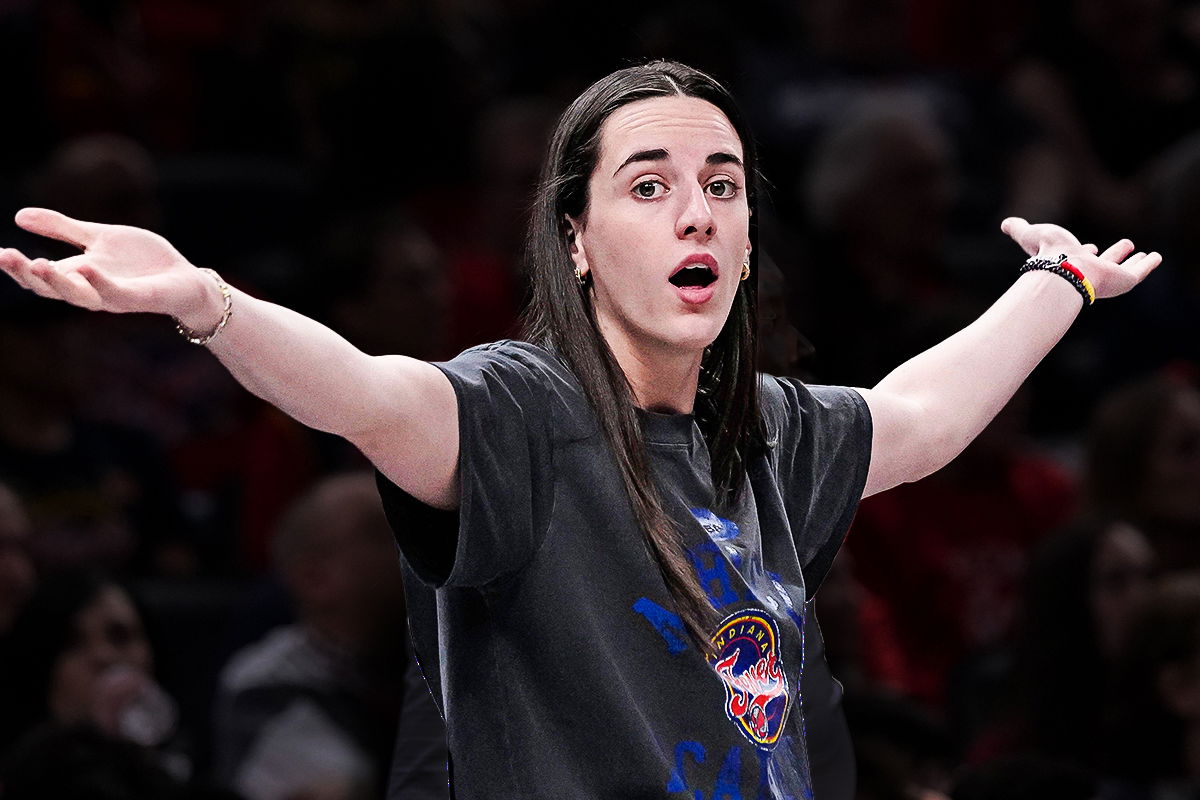
Imago
Credits- Imago

Imago
Credits- Imago
A few weeks ago, WNBA players made a powerful statement—no words, just bold black warm-up shirts that read: “Pay Us What You Owe Us.” It was protest, purpose, and unity woven into one striking message. But let’s be real—the league didn’t exactly have a fairy-tale beginning. TV ratings were flat, arenas were often half-empty, and by 2018, it was confirmed: the WNBA hadn’t turned a profit since tipping off in 1997. The NBA, though, never let go—still holding 42% ownership, matched by WNBA team owners, with the remaining 16% coming from a 2022 capital raise. So with all that history, you’d expect investors to tread carefully, right? Well… not exactly.
Watch What’s Trending Now!
When veteran sports business reporter Joe Pompliano asked, “Why are WNBA teams worth more than ever…even as the league loses millions?”—he wasn’t exaggerating. The WNBA just posted a $40 million loss last season, and yet franchise valuations have soared by 180% on average. Most notably, the Golden State Valkyries were valued at $500 million in just their first year. While Caitlin Clark’s arrival has definitely boosted viewership, attendance, merchandise sales, and media buzz, Joe made one thing clear: she’s not the only reason, or even the biggest one, behind the money pouring into the league.
So what is it that’s really driving this investment surge? Pompliano says it’s a tax strategy—a highly effective one.
ADVERTISEMENT
Sports teams in the U.S., including those in the WNBA, are being treated as financial assets with huge tax advantages. Here’s how it works in simple terms: when an investor buys a sports franchise, up to 90% of that purchase price can be labeled as “intangible assets” (like franchise rights, player contracts, and league membership). Under Section 197 of the tax code, those intangible assets can be amortized over 15 years, meaning the owner gets to deduct huge “paper losses” each year—even if the team is technically profitable.

Imago
An artist adorns a W with flowers on Georgia Street ahead of the WNBA All-Star Game on Friday, July 18, 2025, in Indianapolis. All Star WNBA
And the scale of these deductions is massive. Take a $2 billion team purchase. According to Joe, if 90% of that is allocated to intangible assets, that gives you $1.8 billion to amortize. Spread over 15 years, that’s $120 million in annual deductions. Even if the team earns $20 million, the amortization makes it look like the team lost $100 million that year. These aren’t real losses—they’re tax-friendly accounting losses. And the cherry on top? Because most teams are structured as LLCs or partnerships, those deductions apply to the owner’s personal income, not just the team’s books.
ADVERTISEMENT
This comes as investors are lining up to drop $250 million expansion fees in places like Cleveland, Detroit, and Philadelphia. Then while Liberty saw their valuation soar 222% to $420 million, Connecticut Sun received a $325 million offer. But along with the belief in the future of the WNBA, they could view these franchises are smart financial tools too.
As Joe put it, “WNBA valuations wouldn’t be growing if the league weren’t growing. But billionaires also wouldn’t be interested in paying these prices if there weren’t massive financial benefits to them doing so.” Clark may be the face of the league right now—but the driving force behind soaring franchise values lies in the numbers, not just the highlights.
ADVERTISEMENT
Millions are coming in, but not to Caitlin Clark
If you’ve even glanced at a WNBA highlight lately, chances are you’ve seen Caitlin Clark in the middle of it. The Indiana Fever, who were averaging around 4,000 fans last season, are now selling out arenas on the road and drawing 10,000+ per game at home. The buzz has been so big that WNBA games featuring Clark are now showing up on ESPN, ABC, CBS, and even Amazon. And they’re pulling in serious numbers. One game between the Fever and the Sky on ESPN pulled 2.25 million viewers, making it the network’s most-watched WNBA game ever. The WNBA All-Star Game? Also up—2.2 million viewers.
All this hype isn’t just good PR—it’s bringing in real dollars. But this isn’t just hype—it’s real money. Clark helped elevate the Indiana Fever’s valuation by a staggering 273%, reaching $335 million—the third-highest among WNBA teams. Their revenue nearly quadrupled to $34 million in 2024, and they led the NBA and WNBA in gameday merchandise sales per person.
ADVERTISEMENT
Still, her paycheck hasn’t caught up. Clark’s WNBA base salary this year is just $76,535. Yep—the same player reportedly adding $100 million in league value is making less than most college coaches. NBA Commissioner Adam Silver didn’t mince words: “Caitlin Clark is one of the reasons why people are watching the WNBA right now.” And yet, her league pay is a stark reminder of just how far there is to go in compensating the stars who are transforming the WNBA in real time.
Top Stories
Sean Payton Announces Retirement Plans as Broncos HC Demands Improvement From Bo Nix & Co. Before Playoffs

Greg Biffle’s $4M Worth Prized Possession Still Without a Buyer Leaves NASCAR Fans Heartbroken

LIV Golf Braces for Another Possible Exit in Wake of Brooks Koepka Departure

Biff Poggi All But Confirms Bryce Underwood’s Michigan Future After Announcing His Own Departure

Roger Federer Draws Criticism from Swiss Government Chief for Tourism Boom in Country

NASCAR World Mourns as Former Watkins Glen President Michael Printup Passes Away at 60

ADVERTISEMENT
ADVERTISEMENT
ADVERTISEMENT

